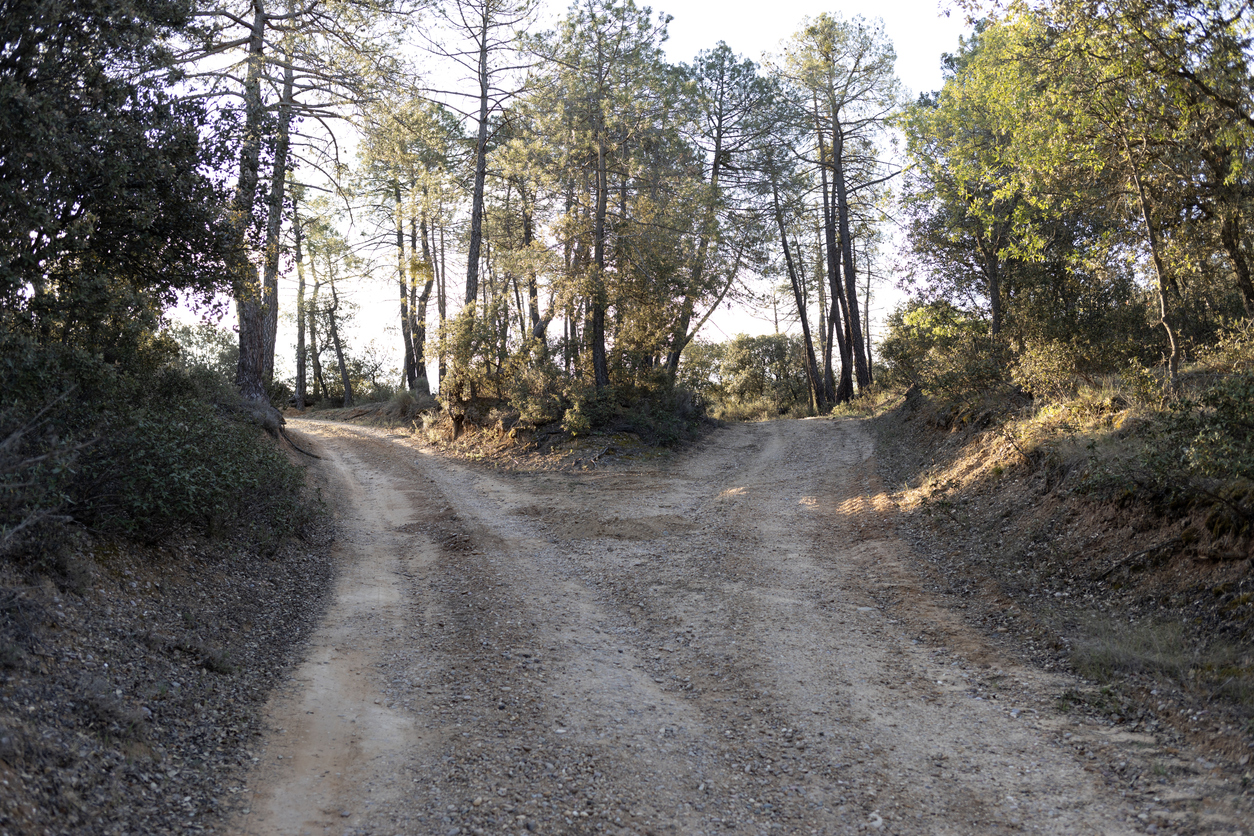In Nebraska, the test for calculating actual cash value is Fair Market Value. In Olson v. Le Mars Mutual Insurance Company of Iowa,1 when both the insurer and insured advocated use of the broad evidence rule, the Nebraska Supreme Court held that the test was Fair Market Value.
In Olsen, a 42-year old grain storage building was damaged by hail. The building had an actual cash value of $200,000 at the time of the loss. It was worth $100,000 in its damaged condition. The cost of repairing the damage was $95,040.
The building was insured for actual cash value, not replacement cost.
The court held that labor could not be depreciated for partial losses:2
[U]nder an actual cash value policy which does not expressly provide otherwise, an insurer may not deduct depreciation from the cost of repairing partial damage to insured property where the actual cash value of the property, as repaired, does not exceed its actual cash value at the time of the loss.
Therefore, the insurer could not deduct a depreciation factor from the $95,040 repair cost and owed $94,540, after application of the $500 deductible.
In a recent decision, the Nebraska Supreme Court held that an insurer may depreciate labor costs when determining “actual cash value” even when the policy defined neither depreciation nor actual cash value.3
____________________
1 Olson v. Le Mars Mut. Ins. Co. of Iowa, 696 N.W. 2d 453, 457‐59 (Neb. 2005).
2 Id. at 461. Emphasis added.
3 Henn v. Am. Family Mut. Ins. Co., No. S-16-597, 295 Neb. 859 (Neb. Jan. 17, 2017).



